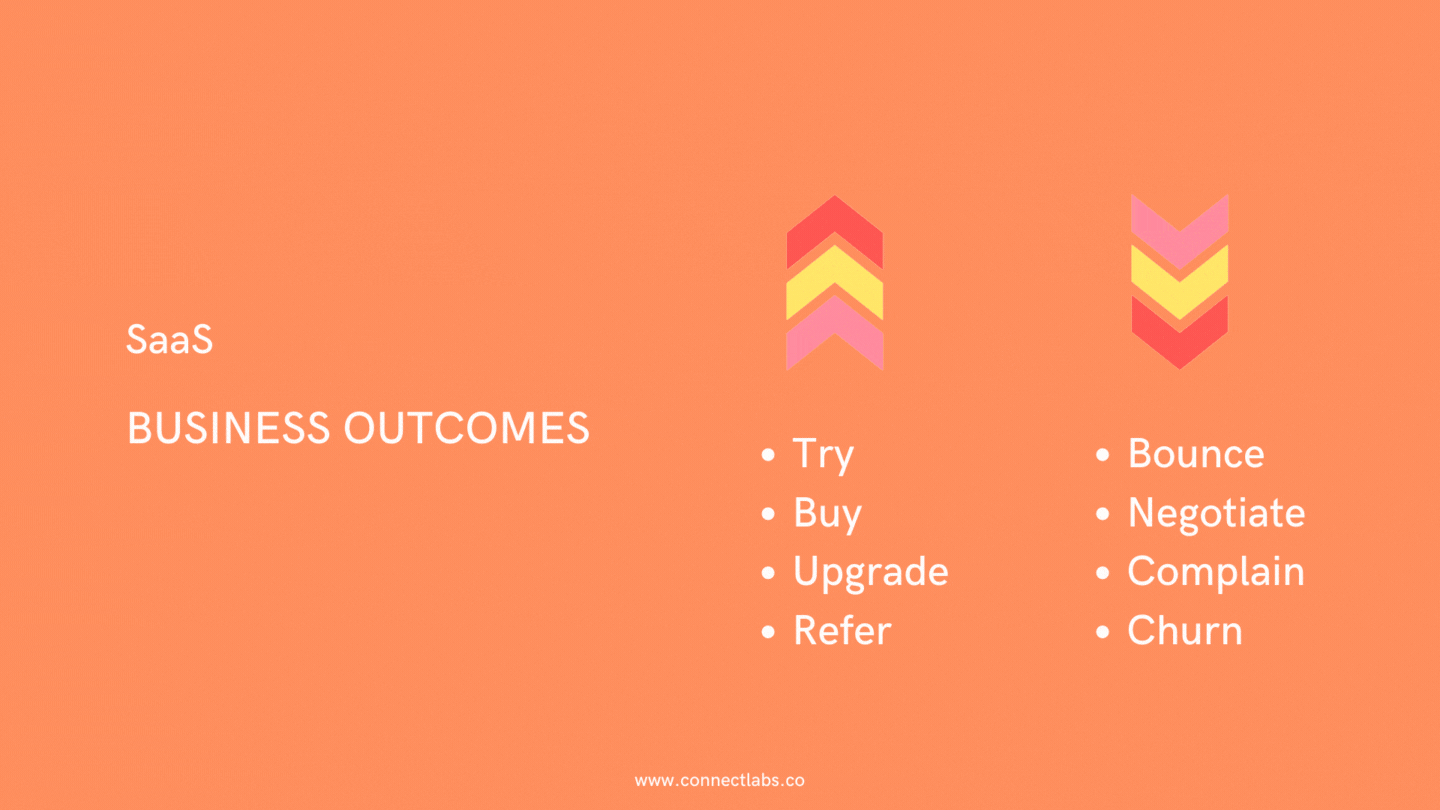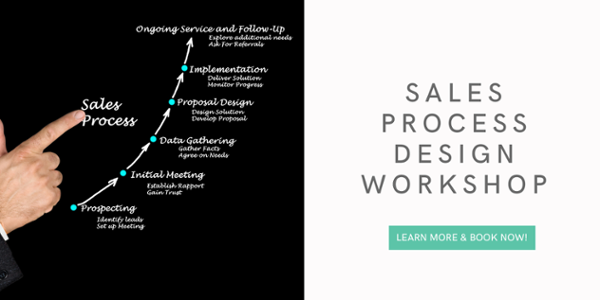SaaS businesses need to keep customers happy throughout their lifecycle in order to have a healthy sales cycle, grow revenue and reduce churn. This means developing intimate, long-term relationships with customers, encouraging a recurring cycle of met expectations. Positive business outcomes are very straightforward with SaaS businesses: build relationships with the customer as they try, buy, upgrade and refer.
Customer happiness drives sales and it's more true for SaaS businesses as they have ongoing relationships with theirs customers, often through their subscription-based model. It encourages stickiness to a product/service and loyalty for years to come.

SaaS customer alignment means aligning the goals and actions of the customer with the goals and actions of the business at every stage of the SaaS customer lifecycle. To increase revenue and decrease churn it's important to create value across the customer lifecycle.
Factors that affect B2B SaaS sales cycles
Size of the company (target customer)
The larger the business, the more hoops to jump through. Enterprise organisations have many departments and stakeholders that have a say in the buying decision. You might be in conversation with the marketing director but will need the IT director's input because they influence the buying decision too.
Price of your SaaS product
Traditionally, the lower the cost of your product, the easier it is for people to buy. The buying decision takes longer if your product is priced higher. Committing to a larger price point needs more time to consider before purchase.
Payment terms
The length of a contract also has a lot of weight on the buying decision. Some businesses have an annual contract. While that may be a good way to maintain recurring revenue and prevent churn, it often elongates the sales cycle.
Benchmark sales cycles for B2B
Measuring value created is paramount for SaaS companies. But tracking recurring revenue can be a messy business. One measure of success you can is average days to close:
- Deals < $2,000 in ACV should close on average within 14 days
- Deals < $5,000 in ACV should close on average within 30 days
- Deals < $25,000 in ACV should close on average within 90 days
- Deals < $100,000 in ACV should close on average within 90-180 days (depending on the number of stakeholders and gates)
- Deals > $100,000 in ACV will take on average 3-6 months to close (some will be faster, some shorter; but on average it should take this long)
In the SaaS arena, long-term success comes from creating sustainable relationships and keeping customers happy throughout their lifecycle. A sales process can work seamlessly when processes are aligned with customer needs. Therefore it remains important to create a channel not only to acquire but also to retain customers in order to have a healthy sales cycle.
Tags:
Sales + CRM
May 4, 2021

